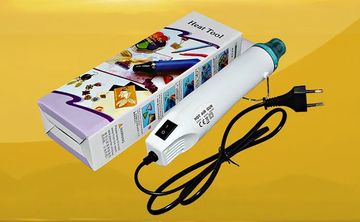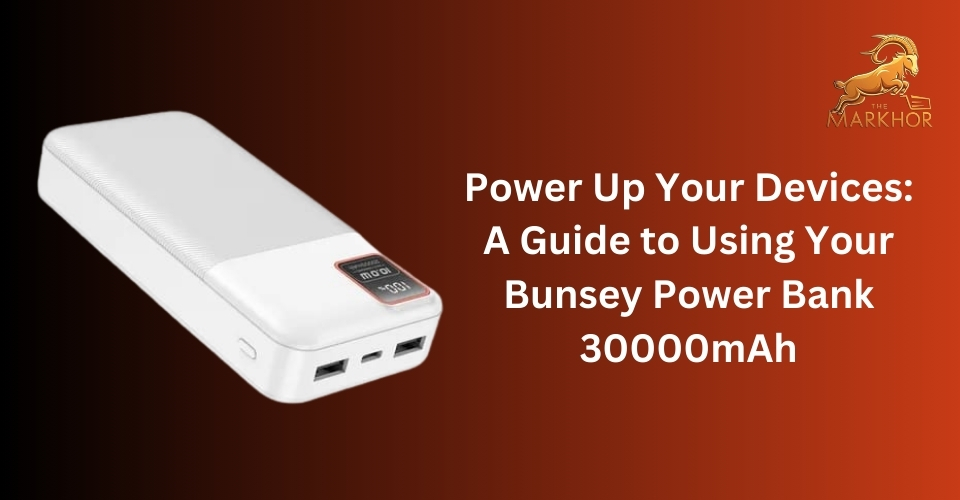How to Set Up a Laptop Silicone Cover: A Step-by-Step Guide
The humble laptop silicone cover is a workhorse of a tech accessory. It provides a layer of protection against dust, spills, and crumbs, keeping your keyboard clean and your laptop looking fresh. But applying a laptop silicone cover can be a bit tricky, especially if it's your first time. Fear not!
Preparation is Key
Before diving into the application process, it's crucial to prepare your workspace and your laptop. Here's what you'll need:
● A clean, flat surface: Find a table or desk with ample space to work on. Dust and debris are the enemies of a perfect application, so ensure the surface is clean.
● A microfiber cloth: This will be used to wipe down your laptop keyboard and remove any dust, crumbs, or fingerprints that might interfere with the laptop silicone cover's adhesion.
● Your laptop: Power down your laptop and close the lid completely.
● Your laptop silicone cover: Freshly unboxed and ready to go!
Cleaning the Keyboard
1. Power down and close the laptop: As mentioned earlier, ensure your laptop is completely off and the lid is shut. This prevents any accidental key presses while you're cleaning.
2. Grab your microfiber cloth: Gently wipe down the entire keyboard surface, paying special attention to the spaces between the keys. Remove any dust, crumbs, or fingerprints that might be hiding.
3. Double-check for debris: Use a compressed air can (optional) to blast any stubborn dust particles that might be lodged deep within the keyboard. Be sure to hold the can upright and spray at an angle to avoid forcing moisture into the laptop.
Tip: If your laptop silicone cover has individual key cutouts, you might want to use a cotton swab dipped in rubbing alcohol for a more thorough cleaning between the keys. However, make sure the alcohol has completely evaporated before applying the cover.
Applying the Laptop Silicone Cover
1. Unfold the laptop silicone cover: Lay it flat on your clean workspace. Familiarize yourself with the layout and ensure it matches your specific laptop model.
2. Start with the top row: Most laptop silicone covers have a designated cutout for the function keys along the top row. Carefully align the cover with this row and gently press it down onto the keyboard.
3. Work your way down: Continue aligning and pressing down the laptop silicone cover, row by row. For keys with individual cutouts, ensure each key cutout sits perfectly over its corresponding key on the keyboard.
4. Smooth out any air bubbles: If you encounter any air bubbles trapped under the cover, use your finger to gently press them towards the edges, pushing them out of the way.
5. Focus on the edges: Carefully press down the edges of the laptop silicone cover to ensure a secure fit. Some covers might have designated grips or notches that need to fit snugly around the laptop frame.
Tip: If you find the cover is slightly misaligned, gently peel it back up and re-position it. Silicone is flexible, so minor adjustments shouldn't be an issue.
Testing and Final Touches
1. Open the laptop and test the keyboard: Once the laptop silicone cover is fully applied, gently open your laptop and type a few sentences. Ensure all the keys are registering properly and feel comfortable to the touch.
2. Adjust as needed: If any keys feel stiff or unresponsive, carefully lift the laptop silicone cover around that specific key and try to reposition it for a better fit.
3. Enjoy your protected keyboard! With the laptop silicone cover securely in place, you can now enjoy a clean and protected keyboard for your laptop.
Additional Tips for a Flawless Application
● Double-check compatibility: Before purchasing a laptop silicone cover, ensure it's specifically designed for your laptop model. A poor fit can lead to typing difficulties and frustration.
● Wash your hands: Before handling the laptop silicone cover, wash your hands thoroughly to avoid transferring any oils or dirt onto the cover.
● Be gentle: Silicone is flexible but can tear if pulled on too forcefully. Be gentle when applying and removing the cover.
● Consider alternatives: If you find a laptop silicone cover too cumbersome for typing, there are keyboard protector films available that offer a thinner layer of protection.
Conclusion
By following these simple steps and considering the additional tips, you can ensure a smooth and successful application of your laptop silicone cover. Now you can go forth and conquer your typing tasks with a protected and clean keyboard!










.jpg)






.jpeg)